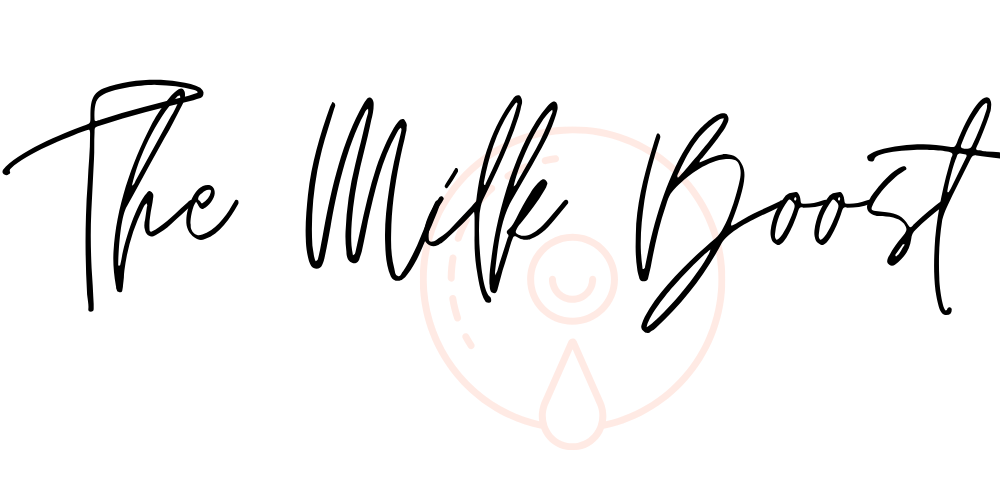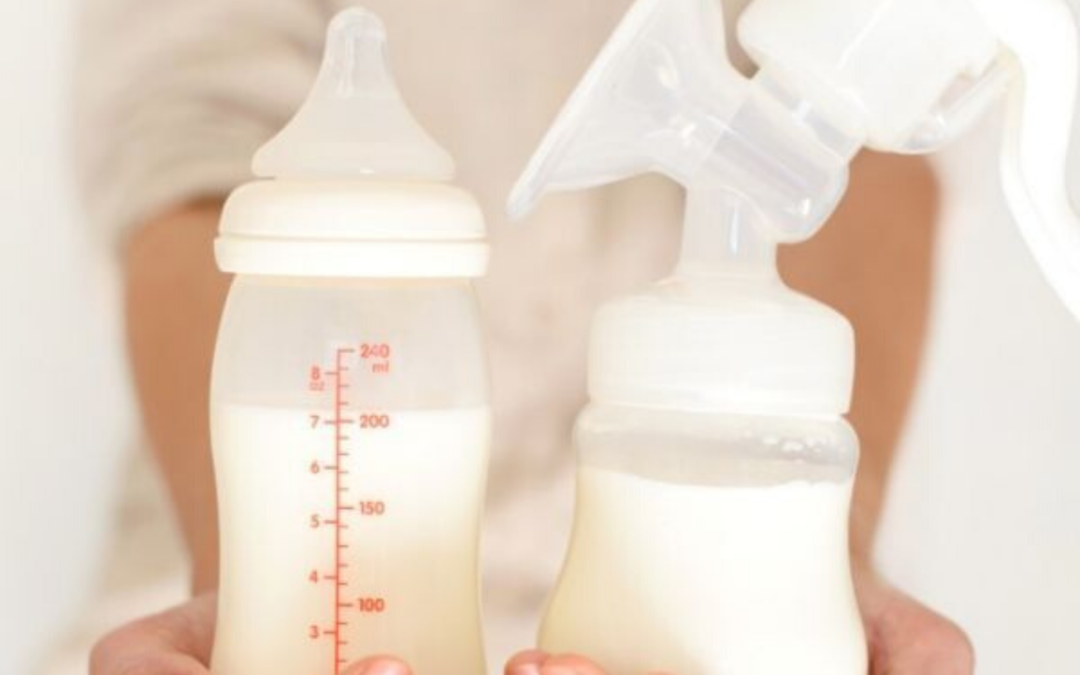This post contains affiliate links to products that we’ve tested, tried and used.
Power pumping is a technique many mamas use to boost their milk supply, and ultimately get more milk stored up. When power pumping, you start with 10 minutes of pumping, then take a break for 10 minutes. Start pumping for 10 minutes, then break for 10 minutes. This usually lasts for about an hour, and helps your breasts get into a rythm of filling back up quickly.
Think of power pumping like a workout for your boobs.
Rather than aimlessly pump dribbles of breast milk for an hour, you give your breasts a break, and allow them to fill back up. Your body will learn the demand cycle, which in turn helps to increase the supply during this time. Power pumping isn’t a great method to increase your miilk supply for the long term, but it can be used to get as much milk as possible in the hour that you are pumping.
What is the theory behind power pumping?
Power pumping is supposed to simulate how a baby would breastfeed when going through a growth spurt. When a baby is growing, their tummies are still small, but they need more milk to sustain their growth. A baby will nurse in short bursts because their tummy gets full, but they soon need more nourishment. The power pumping schedule is a way to replicate this process, and signal an increase in demand for more supply.
Does power pumping really work?
Yes, it can work, depending on your natural milk supply, and the quality of your pumping session. The key is to set yourself up for success with the right pump and falanges, as well as the proper nutrition and care BEFORE you pump. If you jump straight into your power pumping session with no prep work, you may find the results less-than worth all the time. Let’s chat more about how to prepare for your power pumping session.
5 Important Prep Steps For Your Power Pumping Session:
Drink a morning lactation smoothie.
We highly suggest a lactation smoothie made with this lactation protein powder because it has all the herbs and nutrients a breastfeeding mama requires for a healthy postpartum and lactation. You technically can just drink this powder with milk or water, and it tastes amazing unlike many other products on the market, but we suggest you blend it with oats, frozen berries, spinach, avocado or banana to add even more milk-boosting foods.
Drink extra electrolyte-enhanced water.
Grab some gatorade or powerade, or any electorlyte water that will help keep you hydrated and balanced. This will help keep your hydration levels optimal for excreting more liquid.
Grab a massager to help.
To make the most of your pumping session, you can use a massager like this one to help stimulate your breasts as much as possible. Try using this while nursing baby, so your body associates the stimulation with your baby. This can help signal a let-down just a little faster.
Shorten time between feedings for baby.
To help your body, try shortening the time between feedings with your baby BEFORE you power pump. This can really be helpful leading up to your session because your body will already be accostomed to filling your breasts up sooner. By starting the pattern with baby, it will be easier for your body to continue this pattern with the pump.
Make sure to choose a quiet time.
Power pumping can be very stressful with interuptions. The best time is when baby is sleeping, and if you have other children, when they are either in school, taking a nap as well, or watching TV. If this doesn’t all happen at once during the day, you may need to power pump when everyone has gone to bed. Your session will be much more successful if you are relaxed and uninterupted.
Power pumping is a great way to boost your milk supply quickly, but it isn’t a long term plan to increase your supply as a whole. You can try power pumping a few days in a row, but make sure to read our 7 best tips to increase milk supply, so you can combine those tips with a power pumping plan to really get your milk supply flowing!
And make sure to join our private Facebook Group for more tips, support and advice on all things breastfeeding and pumping.

